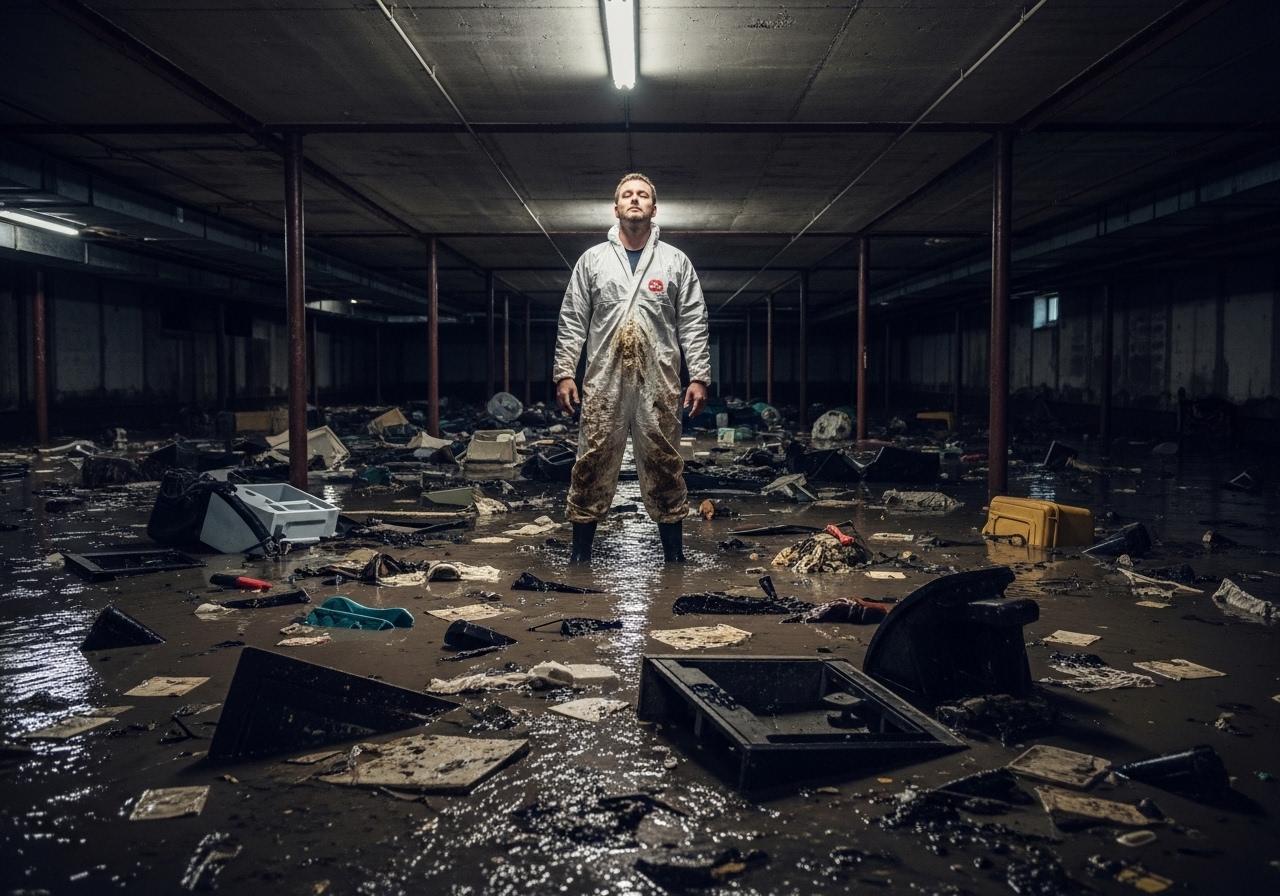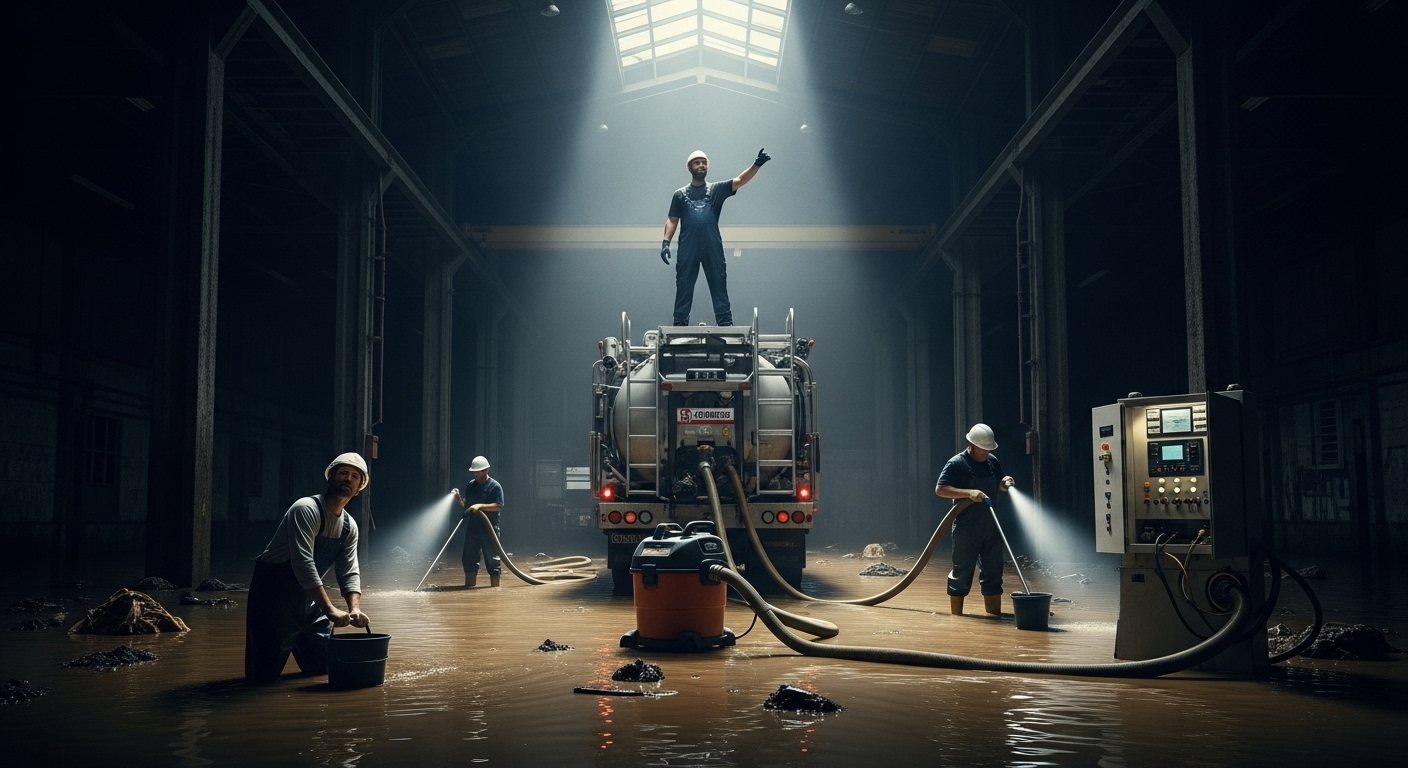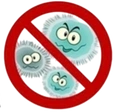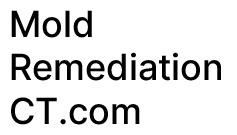Choosing the Right Restoration Company
Choosing the Right Sewage Restoration Contractor
With the types of restoration work we do, this page on choosing the right contractor fits all of our services, it is crucial. The size and the scope of the projects can vary widely from a small project to many – many gallons of sewage that dynamically changes the scope of the job. No one wants to have a contractor work for them when they are over thier heads and out of thier element.
High-Powered Vacume Suction For Carpets

Restoration Contractor
Restoration contractors come in all sizes.
Size
Capability
Insurance Capacity
Equipment size
Part of a network
Restoration Contractor Selection
Informed Choices
Rescue Mat System

Capacity and capability counts. The match has to be right or it just will not work for either party involved.
Small Contractor with Bucket in Hand
Mid Sized Contractor with over sized shop vac
The Large Truck Big Contractor On Top
Professional Sewage Damage Cleanup and Restoration
When sewage damage strikes your property, you’re facing one of the most serious water damage situations possible. We know that dealing with contaminated water is not just about cleaning up a mess—it’s about protecting your family’s health and safety while restoring your property to a condition that’s better than it was before the incident occurred. Having worked in the restoration industry for years, we’ve seen what happens when sewage cleanup is attempted by inexperienced hands or done as a quick fix rather than a comprehensive restoration process.
Sewage water falls into what we call Category 3 or “Black Water”—the most dangerous classification of water damage. Unlike clean water from a broken pipe or even gray water from a washing machine, sewage contains harmful bacteria, viruses, and pathogens that can cause serious illness. This is why we never recommend attempting DIY cleanup of sewage damage. The health risks are too severe, and the specialized equipment and training required make this a job for certified professionals who understand the science behind proper remediation.
Professional Sewage Damage Cleanup and Restoration
When sewage damage strikes your property, you’re facing one of the most serious water damage situations possible. We know that dealing with contaminated water is not just about cleaning up a mess—it’s about protecting your family’s health and safety while restoring your property to a condition that’s better than it was before the incident occurred. Having worked in the restoration industry for years, we’ve seen what happens when sewage cleanup is attempted by inexperienced hands or done as a quick fix rather than a comprehensive restoration process.
Sewage water falls into what we call Category 3 or “Black Water”—the most dangerous classification of water damage. Unlike clean water from a broken pipe or even gray water from a washing machine, sewage contains harmful bacteria, viruses, and pathogens that can cause serious illness. This is why we never recommend attempting DIY cleanup of sewage damage. The health risks are simply too severe, and the specialized equipment and training required make this a job for certified professionals who understand the science behind proper remediation.
Our Emergency Response Process
When you call us, we understand you’re dealing with an emergency that can’t wait. That’s why we maintain 24/7 availability and work to respond within one hour of your call. Our immediate priority is always safety—both for you and our team. Before we do anything else, we ensure that electrical power is turned off in affected areas, especially if there’s standing water present. We’ve learned over the years that stopping the source of contamination immediately is crucial, whether it’s a burst sewer line, overflowing toilet, or failed septic system.
Our certified technicians begin with a comprehensive assessment using specialized equipment that most people don’t even know exists. We use moisture meters, thermal imaging cameras, and hygrometers to detect not just the obvious damage you can see, but the hidden moisture that’s traveled behind walls and under floors. This thorough inspection tells us exactly what we’re dealing with and helps us develop the right strategy for your specific situation. We document everything meticulously because we know insurance claims require detailed records, and we want to make that process as smooth as possible for you.
Water Removal and Containment Strategy
The first step in actual cleanup involves removing as much standing sewage water and solid waste as possible using powerful truck-mounted extractors and industrial equipment designed specifically for biohazard situations. Speed matters here—the longer contaminated water sits, the more damage it causes and the more difficult remediation becomes. We’ve seen too many situations where delays led to mold growth and structural damage that could have been prevented with rapid response.
We immediately establish containment barriers using plastic sheeting and create negative air pressure within the work area. This prevents contamination from spreading to unaffected parts of your property. All HVAC systems and fans are shut down during this phase because we know that air movement can distribute harmful spores and bacteria throughout your home. Our HEPA-filtered air exhaust units ensure that any airborne contaminants are captured rather than redistributed.
Thorough Cleaning and Decontamination
After gross removal comes the meticulous process of cleaning and microbial decontamination. We physically remove all remaining soil, grime, and organic residues using hot water and industrial-grade detergents, followed by EPA-approved antimicrobial treatments. This isn’t just about making things look clean—it’s about killing bacteria, viruses, and other microorganisms at the microscopic level. Our HEPA vacuums and air scrubbers capture particles you can’t see but that could cause health problems if left behind.
We approach contents restoration with the same level of care. Furniture, documents, electronics, and textiles each require different specialized cleaning techniques. Some items can be saved through proper restoration methods, while others must be safely disposed of according to local regulations. We’re honest about what can and cannot be salvaged because we know you’re dealing with both financial and sentimental losses.
Drying and Structural Restoration
Proper drying is where science meets experience. We strategically place industrial air movers and dehumidifiers to create optimal conditions for moisture removal, constantly monitoring temperature and humidity levels. The goal is achieving appropriate moisture content levels within 24-48 hours to prevent mold growth. Our years in the business have taught us that proper psychrometry—understanding how air, moisture, and temperature interact—is critical for successful restoration.
Heavily contaminated porous materials like carpeting, drywall, insulation, and subflooring typically cannot be fully cleaned of sewage contaminants and must be removed and properly disposed of. We handle this carefully, bagging everything in sealed plastic and following local disposal regulations. The restoration phase involves repairing or replacing these materials, returning your property to its pre-loss condition or better. All our reconstruction work adheres to local building codes and industry best practices because we want you to have confidence in the long-term integrity of the repairs.
Final Steps and Quality Assurance
Sewage often leaves persistent odors from volatile organic compounds that standard cleaning can’t eliminate. We use advanced deodorization techniques like ozone generation or thermal fogging to neutralize odors at their source rather than just masking them. Our final inspection ensures every affected area has been properly dried, cleaned, and restored to industry standards set by organizations like the IICRC.
For significant contamination cases, we recommend post-remediation verification testing by an independent Indoor Environmental Professional. This provides an extra layer of assurance that the area is safe for re-occupancy. We compile all documentation from the incident through final verification because we know proper records protect both your insurance interests and your family’s health history.
Why Professional Certification Matters
Our technicians hold certifications from the Institute of Inspection, Cleaning and Restoration Certification (IICRC), including specialized credentials like Water Damage Restoration Technician (WRT) and Applied Microbial Remediation Technician (AMRT). These aren’t just certificates on the wall—they represent ongoing education about the latest techniques, equipment, and safety protocols. We follow guidelines from federal agencies like the EPA, CDC, and OSHA because health and safety regulations exist for good reasons that become very real when you’re dealing with contaminated water.
We’re licensed, bonded, and insured, and we assist with insurance claims by providing proper documentation and using insurance-approved software. While we facilitate the claims process, we make sure you understand that you’re ultimately responsible for service costs, and we work with you to ensure the financial aspects are clear from the beginning.
Subscribe
Take the First Step
Add your e-mail here to be kept posted on new developments, services and what we are doing.

Mold Remediation CT
Experiencing mold, water, or sewage damage? We can help. Proven solutions to put you home or business back together again the way it was. More importantly put your mind at ease.
(203) 239-6653
Bethany, Ct 06524
Privacy Policy
Terms and Conditions
Cookie Policy
